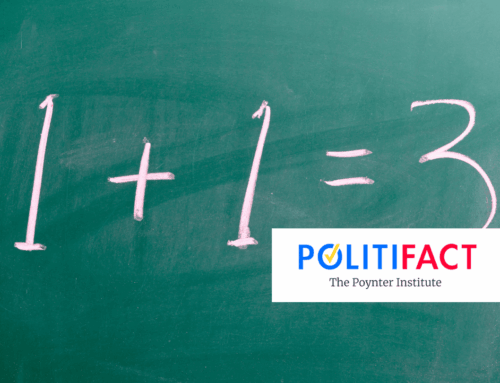A statement from TCS President Ms. Ryan Alexander is below. Analysis on the debt ceiling legislation agreed to by leadership from both parties in the House and Senate and the White House is below that.
“Hold the applause. Yes, Congress and the President struck a deal to raise the debt limit ceiling at the 11th hour, but it was a crisis of their own making. This deal could have been had months ago and more importantly, Congress could have been doing the hard budget work to avoid to make the threats to America’s AAA bond rating disappear. So, while we endorse getting the deal done, we are underwhelmed by the result.
Congress agreed to a set of enforceable budgetary caps that would save a roughly $1 trillion over the next ten years and established a special congressional committee to hammer out another trillion and a half in deficit savings that Congress will have to vote up or down. Creating a committee or commission is a typical legislative dodge to thorny issues. It is completely in Congress’s power to fix the budget. They just don’t have the political will. Now it will come down to the twelve lawmakers House and Senate leadership select. And who gets selected is critical. If they’re unyielding ideologues from either end of the political spectrum, not much will be accomplished. But there’s so much to be done. This committee and Congress has to tackle not just discretionary funding, but entitlement spending, tax earmarks and tax reform.”
— Ryan Alexander, president
The final (we think) debt ceiling agreement is very similar to the Boehner proposals (both the one that was never brought to the floor because it would have come up a few votes short and the subsequent one that passed). There is $917 trillion in discretionary spending caps. The President would be able to request a $900B increase in the debt ceiling which immediately which would result in an immediate increase of the debt ceiling by $400 billion, and Congress would be able to vote on a disapproval resolution for a second $500 billion which if passed would be vetoed – and voila – the debt ceiling is raised by $900 billion.
The bill sets up a process that would require votes on a balanced budget amendment to the constitution in the House and Senate.
The bill creates a special joint committee of 12 lawmakers – three each selected by the respective leaders of each party in each house. Co-chairs would be selected from each chamber by the Senate Majority Leader and Speaker. This committee is tasked with coming up with $1.5 trillion in deficit reduction. Their committee would have to vote on its legislative package by November 23rd and submit it to Congress by December 2nd, and Congress would be required to vote by December 23rd. If this package is adopted or if a Balanced Budget Amendment is passed by Congress and sent to the states, the President could request a debt ceiling increase of up to $1.5 trillion (between $1.2 trillion and $1.5 trillion depending on the size of the deficit reduction package) subject to the disapproval process mentioned above. If the committee’s package is not adopted (rejected or the committee doesn’t come up with one) or is less than $1.2 trillion a sequestration process is set up to cut security and non-security over ten years to get to at least $1.2 trillion.
The deficit reduction package is unspecific where the savings could come from – it could be discretionary, mandatory, or revenues. The committee is instructed to use current-law as the baseline. That means they are assuming that the “Bush tax cuts” that will expire December 31st, 2012 are not – in a budget sense – worth much and so unlikely to be part of the package, however other tax expenditures certainly could be, and from our perspective certainly should be.
We will be looking at this more and are looking forward to providing much fodder for this committee.










